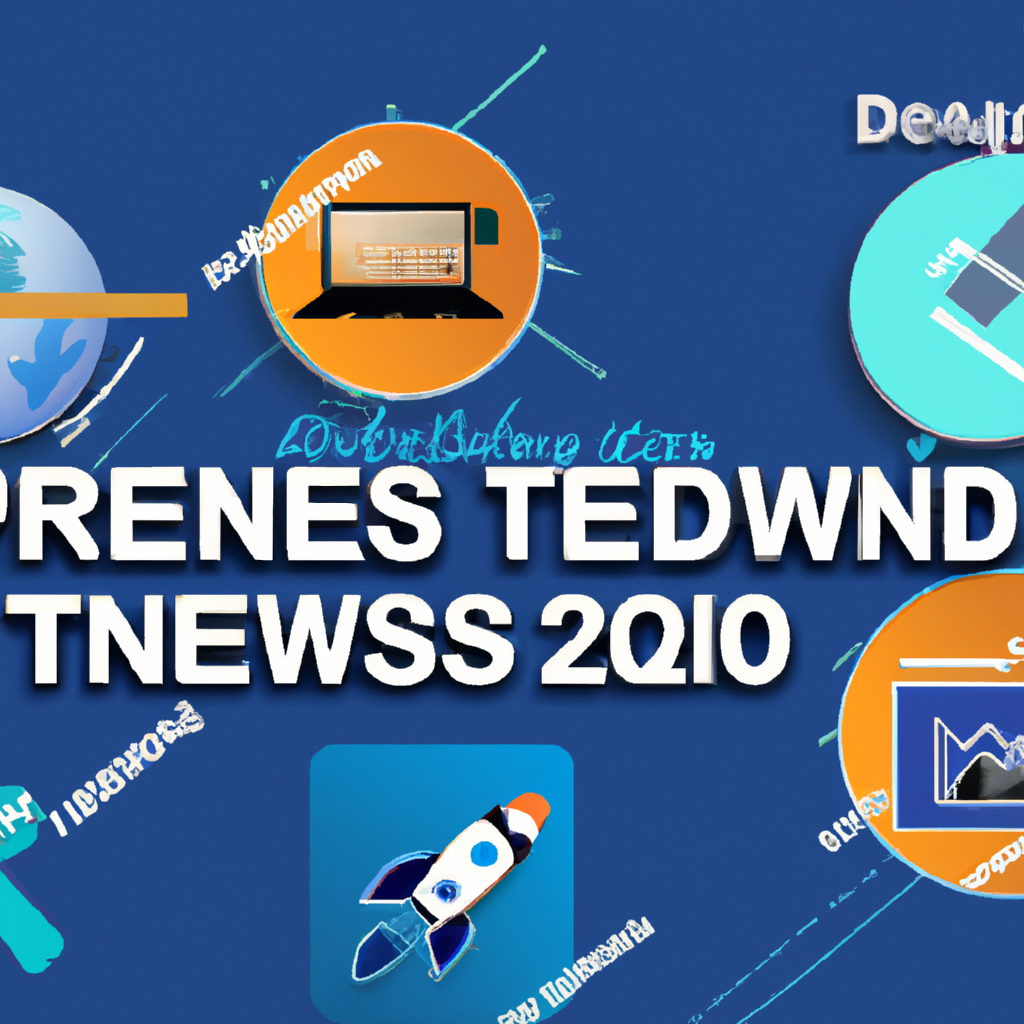Exploring the Future of Web Development: Trends to Watch in 2025
As we move into the second quarter of 2025, the landscape of web development continues to evolve at a rapid pace. Emerging technologies and methodologies are reshaping how developers create, maintain, and optimize websites and applications. In this blog post, we’ll dive into the most significant trends that are setting the stage for the next wave of digital innovation.
1. Progressive Web Apps (PWAs)
Progressive Web Apps are increasingly becoming the cornerstone of modern web development. PWAs offer a native app-like experience, leveraging the latest web capabilities to deliver fast, engaging, and reliable user experiences. The push towards PWAs is driven by their ability to work offline and load instantly, a critical factor as global internet usage grows.
2. AI-Powered Optimization and Personalization
Artificial Intelligence (AI) continues to be a game-changer in web development. AI-driven solutions are enhancing everything from user experience design to backend operations. In 2025, AI not only automates tasks but also helps in creating more personalized web experiences based on user behavior and preferences.
3. API-First Design
API-first design remains a key trend, emphasizing the importance of building APIs before the implementation of the actual application. This approach ensures greater flexibility and accessibility across different platforms and devices, facilitating easier integration with third-party services and systems.
4. Enhanced Security Protocols
As cyber threats become more sophisticated, enhancing security protocols is paramount. Developers are adopting more robust security measures to protect data integrity and privacy. The focus is on implementing advanced encryption techniques and ensuring compliance with international security standards.
5. Serverless Architecture
Serverless architecture is revolutionizing the way applications are built and scaled. By abstracting the server layer, developers can focus more on code and less on managing infrastructure. This leads to cost efficiency and improved performance, particularly for applications with variable workloads.






